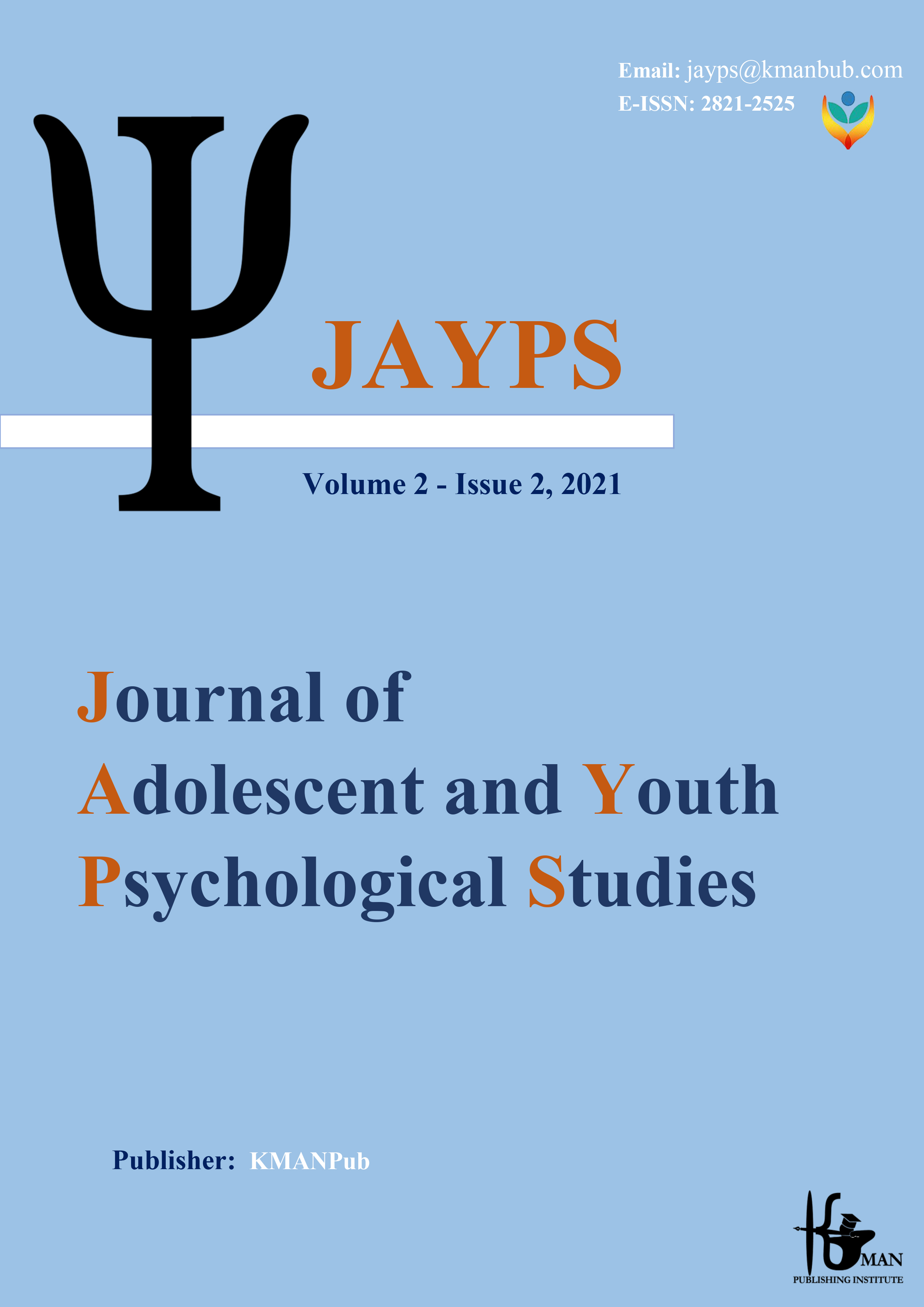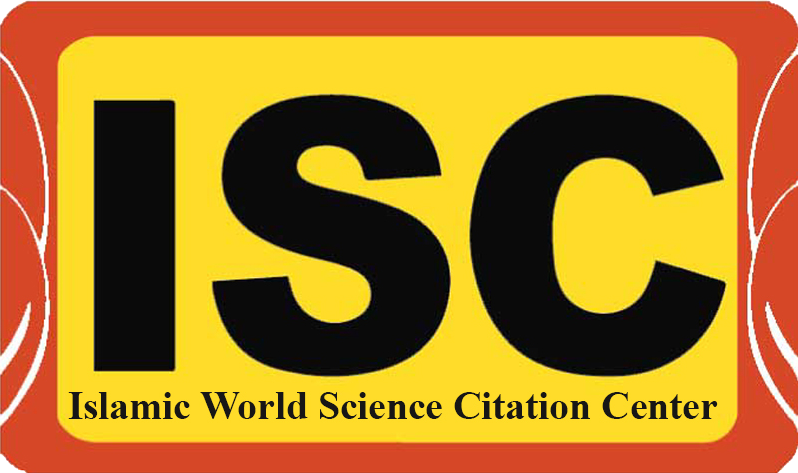Qualitative analysis of social harms of teenagers in virtual social networks
Keywords:
Virtual social networks, teenagers, social harm, virtual spaceAbstract
Background and Aim: It is clear that virtual social networks, like any other human innovation and achievement, were formed with the motive of providing welfare and achieving the perfection of human societies, but in the course of its implementation, due to some biases and misuses. Incorrect use of this tool has led to physical, psychological and social harm to the human race. Such damages may become widespread to the extent that they question the benefits and benefits of virtual space and virtual social networks. Therefore, it is essential to recognize these social harms and provide solutions for the proper use of these virtual social networks. In this regard, the results can provide a suitable platform for better use of these networks and reduce concerns about To provide young users who are an important and basic stratum in societies. This research was conducted with the aim of investigating the social harms of teenagers in virtual social networks. Method: In the current study, ten media experts were selected and interviewed using theoretical and purposive sampling using the qualitative approach and grounded theory method. The theoretical sampling process continued until data saturation. The collected data were analyzed using open, axial and selective coding, and the findings were presented using a paradigmatic model (a core category). Results: The results of the analysis of the themes of the three main categories of information bombardment, mental confusion and Internet addiction showed that information bombardment has two sub-categories of information volume and quality of information, mental confusion has two sub-categories of mental dependence and mental problems, and internet addiction also has two sub-categories: excessive use of the Internet, and the difficulty of stopping the use of the Internet. Conclusion: The results showed that the damage caused by the virtual space in the psyche of teenagers causes disruption in their performance. It is necessary to adopt strategies and strategies to control and manage the social damage of teenagers in the networks. Virtual social networks reduce and minimize the vulnerability of teenagers.
Downloads
Downloads
Published
Issue
Section
License

This work is licensed under a Creative Commons Attribution-NonCommercial 4.0 International License.





























